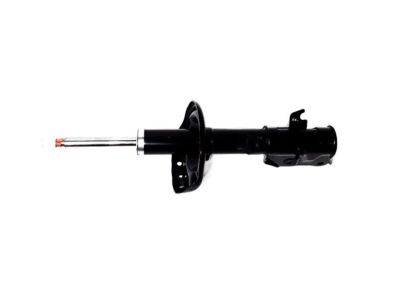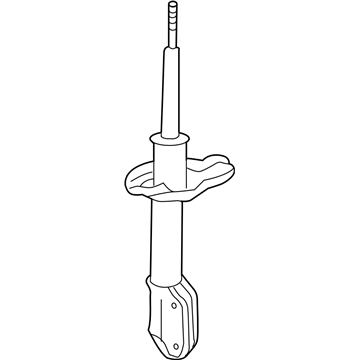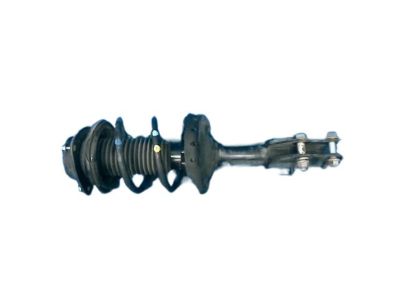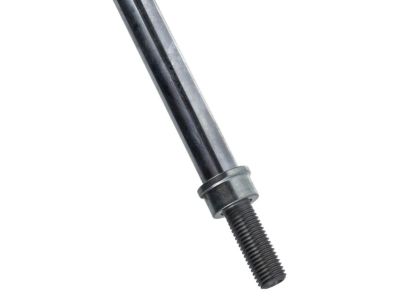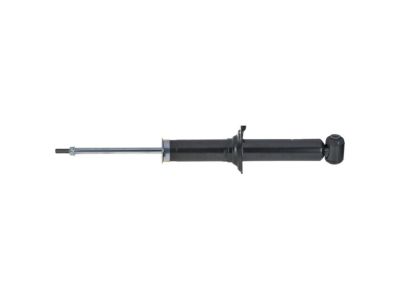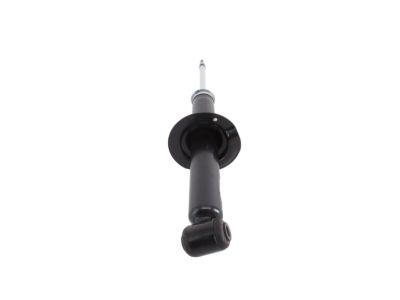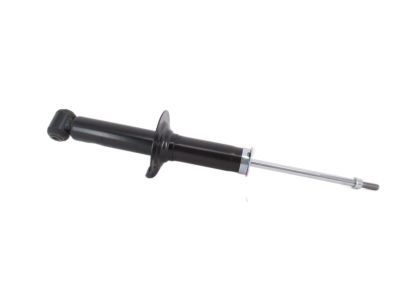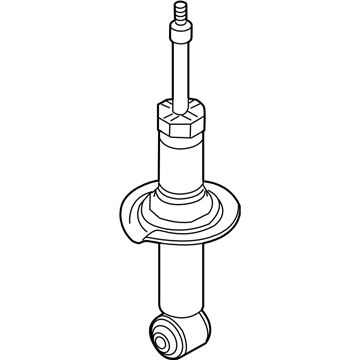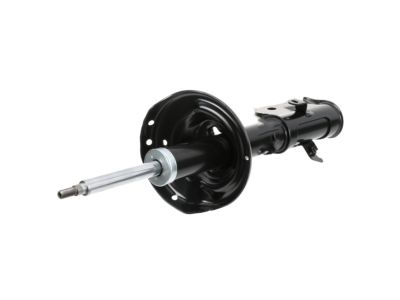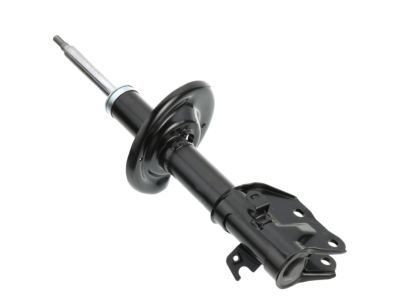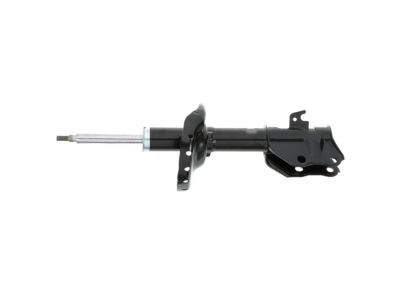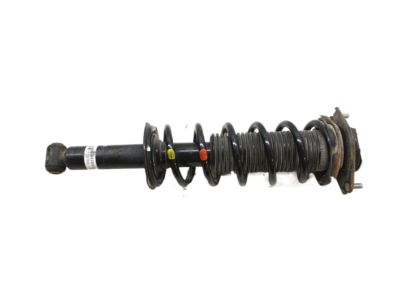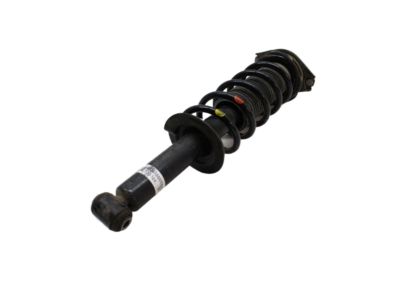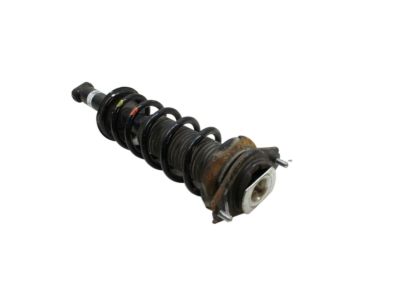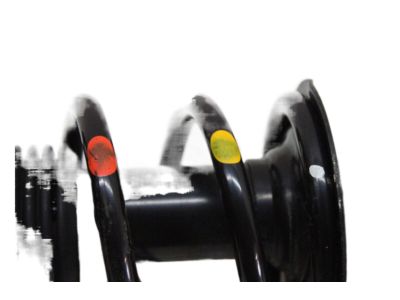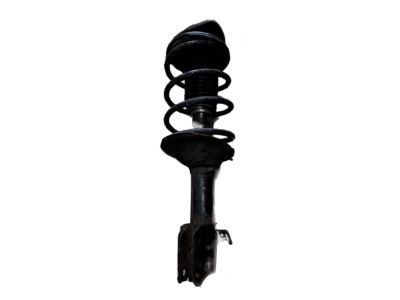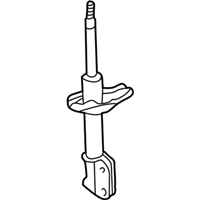×
- Hello
- Login or Register
- Quick Links
- Live Chat
- Track Order
- Parts Availability
- RMA
- Help Center
- Contact Us
- Shop for
- Subaru Parts
- Subaru Accessories


My Garage
My Account
Cart
Genuine Subaru Forester Shock Absorber
Suspension Shock Absorber- Select Vehicle by Model
- Select Vehicle by VIN
Select Vehicle by Model
orMake
Model
Year
Select Vehicle by VIN
For the most accurate results, select vehicle by your VIN (Vehicle Identification Number).
47 Shock Absorbers found

Subaru Forester STRUT Complete Front Right
Part Number: 20310SG020$129.11 MSRP: $187.12You Save: $58.01 (31%)Ships in 1-3 Business Days
Subaru Forester STRUT Complete Front Left
Part Number: 20310SG030$129.11 MSRP: $187.12You Save: $58.01 (31%)Ships in 1-3 Business Days
Subaru Forester Shock ABSORBER Complete Rear
Part Number: 20365SG001$97.84 MSRP: $141.80You Save: $43.96 (31%)Ships in 1-2 Business Days
Subaru Forester STRUT Complete Front LH
Part Number: 20310SG110$179.60 MSRP: $262.57You Save: $82.97 (32%)Ships in 1-2 Business Days
Subaru Forester Shock ABSORBER Complete Rear
Part Number: 20365SG010$119.46 MSRP: $173.13You Save: $53.67 (31%)Ships in 1-2 Business DaysSubaru Forester STRUT Complete Front RH
Part Number: 20310SG100$179.60 MSRP: $262.57You Save: $82.97 (32%)Ships in 1-2 Business Days
Subaru Forester Shock ABSORBER Complete Rear
Part Number: 20365SG000$97.84 MSRP: $141.80You Save: $43.96 (31%)Ships in 1 Business Day
Subaru Forester STRUT Complete Front LH
Part Number: 20310SA010$142.34 MSRP: $208.10You Save: $65.76 (32%)Ships in 1-3 Business DaysSubaru Forester STRUT Complete Front LH
Part Number: 20310SG011$155.96 MSRP: $228.02You Save: $72.06 (32%)Ships in 1-2 Business DaysSubaru Forester STRUT Complete Front RH
Part Number: 20310SG140$179.60 MSRP: $262.57You Save: $82.97 (32%)Ships in 1-3 Business DaysSubaru Forester Shock Abs COMPL R
Part Number: 20365SJ000$110.33 MSRP: $159.90You Save: $49.57 (31%)Ships in 1-2 Business DaysSubaru Forester STRUT Complete Front LH
Part Number: 20310SG150$179.60 MSRP: $262.57You Save: $82.97 (32%)Ships in 1-3 Business DaysSubaru Forester STRUT COMPL F RH
Part Number: 20310SJ000$199.24 MSRP: $291.28You Save: $92.04 (32%)Ships in 1-2 Business DaysSubaru Forester STRUT Complete Front RH
Part Number: 20310SG001$155.96 MSRP: $228.02You Save: $72.06 (32%)Ships in 1-2 Business DaysSubaru Forester STRUT COMPL F LH
Part Number: 20310SJ010$199.24 MSRP: $291.28You Save: $92.04 (32%)Ships in 1-3 Business DaysSubaru Forester Shock ABSORBER Rear
Part Number: 20365SG100$114.94 MSRP: $166.58You Save: $51.64 (31%)Ships in 1-3 Business DaysSubaru Forester STRUT Complete Front RH C0U4
Part Number: 20310SA100$142.34 MSRP: $208.10You Save: $65.76 (32%)Ships in 1-3 Business DaysSubaru Forester STRUT Complete Front Left
Part Number: 20310SG010$155.96 MSRP: $228.02You Save: $72.06 (32%)Ships in 1-3 Business DaysSubaru Forester STRUT Complete Front RH
Part Number: 20310SA000$142.34 MSRP: $208.10You Save: $65.76 (32%)Ships in 1-3 Business DaysSubaru Forester STRUT Complete Front LH C0U4
Part Number: 20310SA110$142.34 MSRP: $208.10You Save: $65.76 (32%)Ships in 1-3 Business Days
| Page 1 of 3 |Next >
1-20 of 47 Results
Subaru Forester Shock Absorber
Our website stands as the go-to online destination for OEM Subaru Forester Shock Absorber. With complete lines of genuine Subaru Forester Shock Absorber available at unbeatable market prices, we ensure top quality, reliability, and durability. Each part comes backed by the manufacturer's warranty, reinforcing your trust in our offerings.
Subaru Forester Shock Absorber Parts Questions & Experts Answers
- Q: How Do Coil Springs and Shock Absorbers Affect the Removal and Installation of a Front Strut on a Subaru Forester?A:Loosen the front wheel lug nuts, block the rear wheels, raise the front of the vehicle, and place it securely on jackstands before removing the front wheels. Detach the brake hose from its bracket on the strut, marking the relationship of the upper strut-to-knuckle bolt to the strut and noting how the brake line is attached. If equipped, remove the ABS sensor from the Steering Knuckle and detach the ABS sensor lead from the strut, marking the relationship of the upper camber adjustment bolt to the strut flange. Remove the strut-to-knuckle nuts and bolts, as well as the ABS harness bracket from the strut, ensuring to mark the bolt position for proper alignment when installing a new strut to preserve the camber setting. In the engine compartment, remove the mounting nuts that attach the top of the strut to the strut tower while supporting the strut with one hand or having an assistant hold it, then remove the strut assembly. When installing, use new self-locking mounting nuts for the strut assembly to the strut tower, place the strut assembly in position and install the upper mounting nuts without tightening them. Insert the steering knuckle into the strut flange, install the strut-to-knuckle bolts, and align the previously made mark on the upper bolt with the mark on the strut flange before tightening the bolts and nuts to the specified torque. Install the ABS sensor if equipped, reattach the brake hose bracket to the strut, and then install the wheels and lug nuts. Lower the vehicle and tighten the lug nuts and upper strut mounting nuts to the specified torque, and finally, have the front end alignment checked and adjusted if necessary.
Related Subaru Forester Parts
Browse by Year
2021 Shock Absorber 2020 Shock Absorber 2019 Shock Absorber 2018 Shock Absorber 2017 Shock Absorber 2016 Shock Absorber 2015 Shock Absorber 2014 Shock Absorber 2013 Shock Absorber 2012 Shock Absorber 2011 Shock Absorber 2010 Shock Absorber 2009 Shock Absorber 2008 Shock Absorber 2007 Shock Absorber 2006 Shock Absorber 2005 Shock Absorber 2004 Shock Absorber 2003 Shock Absorber 2002 Shock Absorber 2001 Shock Absorber 2000 Shock Absorber 1999 Shock Absorber 1998 Shock Absorber
